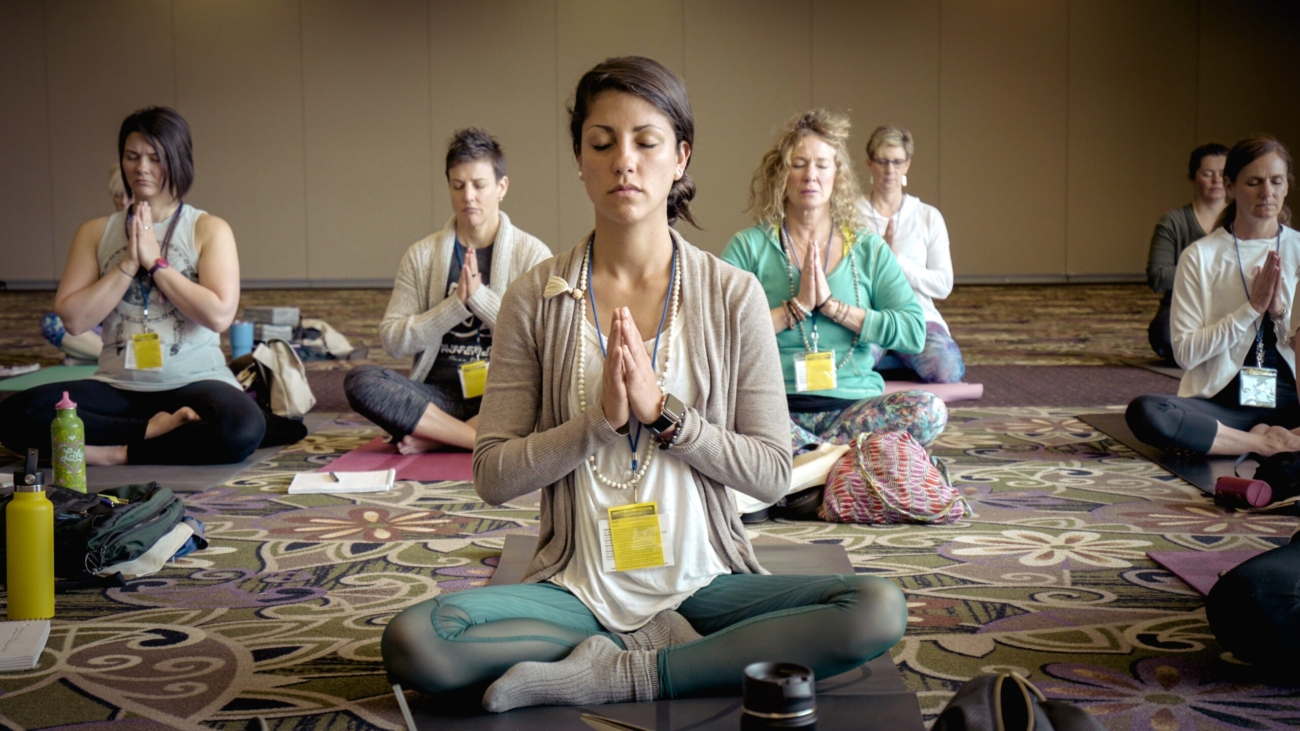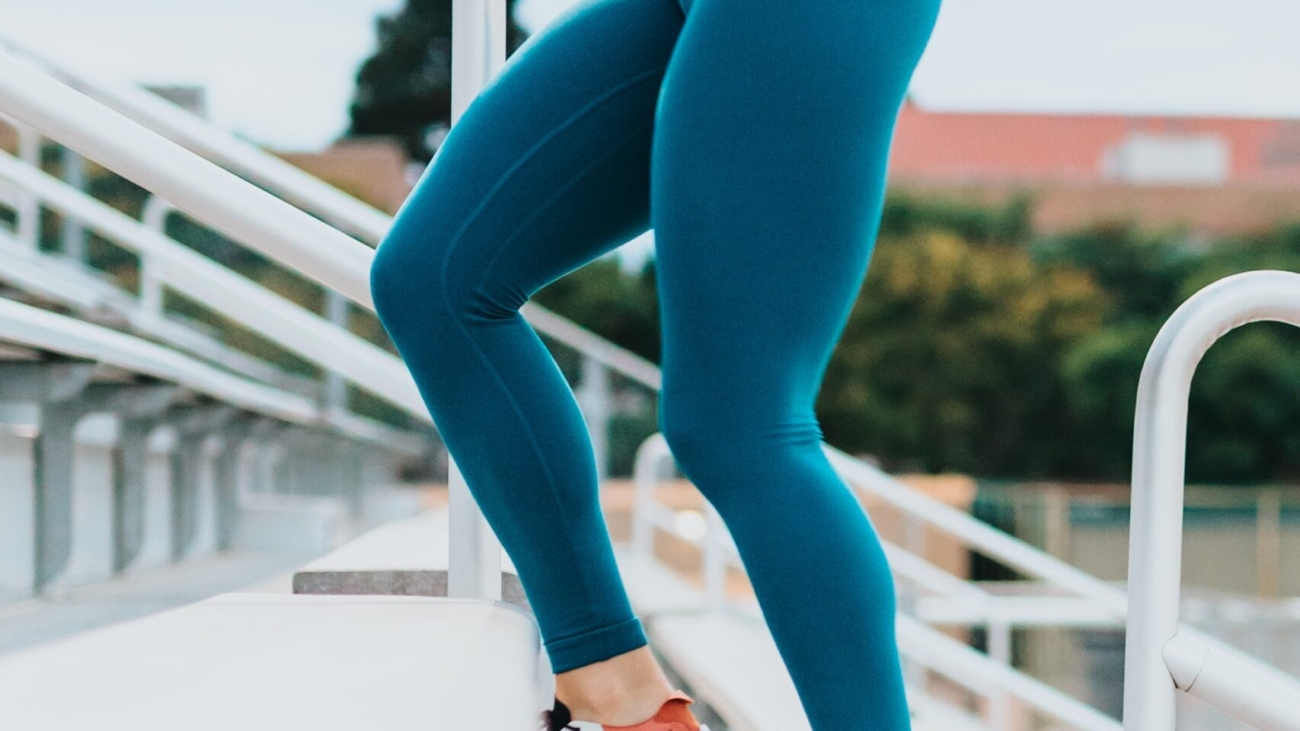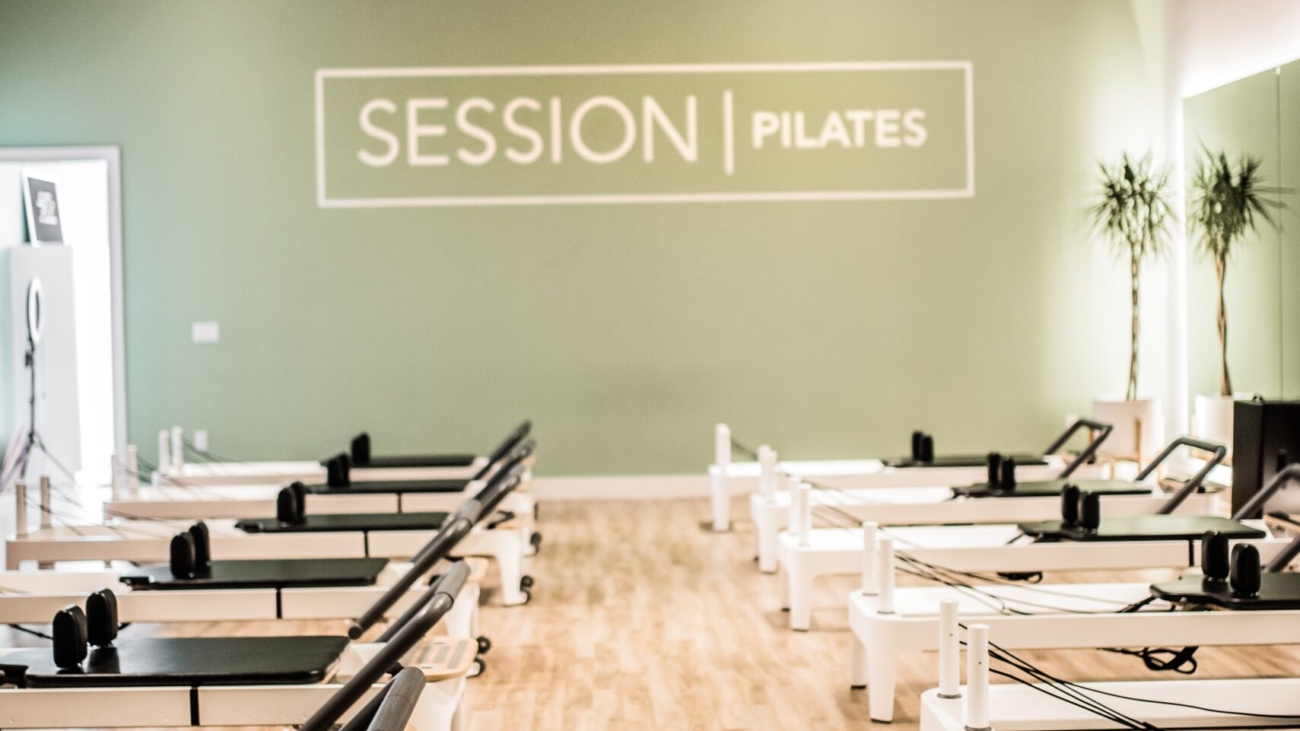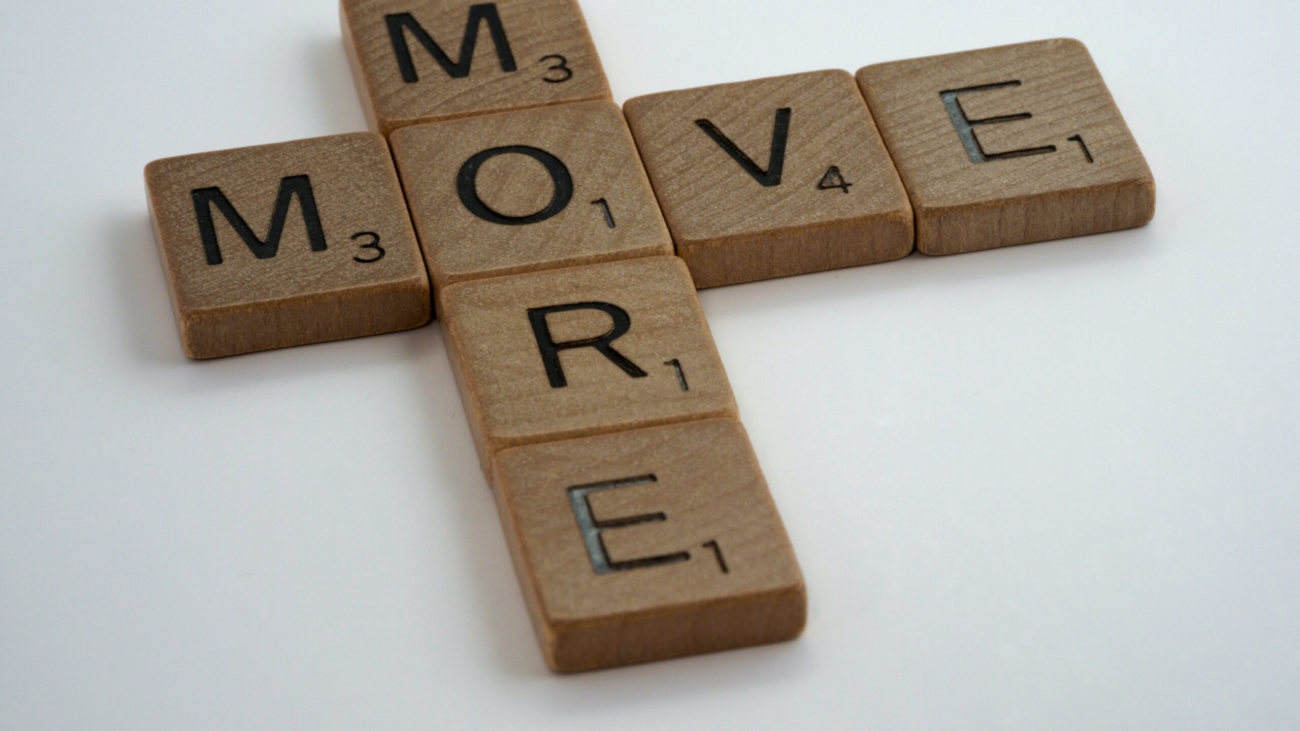Our immune systems are incredibly powerful and complex, but unfortunately, due to a variety of things such as stress and poor diet, they can become weaker. Learn in this article what you can do to boost your immunity with some simple lifestyle changes. Discover the power of a healthy diet, supplements, and natural remedies that can help protect you from dangerous illnesses and keep you feeling better every day.
Introduction to the immune system
The human immune system is a complex network of cells, tissues, and organs that work together to protect the body from infection. The main components of the immune system are white blood cells, which fight infection; the lymphatic system, which removes toxins and other harmful substances from the blood; and the spleen, which filters out bacteria and other foreign particles.
The immune system is constantly on guard, attacking any harmful invaders it encounters. When functioning properly, it helps keep us healthy. However, there are times when the immune system doesn’t work as it should. This can leave us susceptible to infections and other health problems.
There are several things you can do to keep your immune system strong and help it work properly. Eating a healthy diet, getting enough exercise, and reducing stress are all good ways to boost your immunity.
Why boosting the immune system is important
Boosting your immune system is important for many reasons. A strong immune system helps protect you from getting sick, and it can also help fight off infections. boosting your immune system can also help reduce the severity of symptoms if you do get sick. There are many ways to boost your immune system, including eating a healthy diet, getting enough sleep, and exercise.
Types of foods that help boost immunity
There are many different types of foods that can help boost immunity, but some of the most effective include:
1. Probiotic-rich foods: These include yogurt, sauerkraut, kimchi, and other fermented foods. Probiotics help to restore balance in the gut microbiota, which is important for gut health and overall immunity.
2. Foods high in antioxidants: Antioxidants help to protect cells from damage and can boost immunity. Some great sources of antioxidants include berries, dark leafy greens, and nuts.
3. Vitamin C-rich foods: Vitamin C is a powerful nutrient that helps to support the immune system. Good sources of vitamin C include citrus fruits, bell peppers, broccoli, and kale.
4. Zinc-rich foods: Zinc is another essential nutrient for immunity. It can be found in oysters, beef, poultry, beans, and nuts.
Ways to increase physical activity and reduce stress
There are many ways to increase physical activity and reduce stress. Some simple lifestyle changes can make a big difference.
1. Get regular exercise. Exercise is one of the best things you can do for your overall health. It helps to improve cardiovascular fitness, build muscle, and reduce stress. Aim for at least 30 minutes of moderate-intensity aerobic activity most days of the week.
2. Eat a healthy diet. A healthy diet is important for several reasons. It can help you maintain a healthy weight, get the nutrients your body needs, and reduce your risk of chronic diseases such as heart disease and cancer.
3. Reduce stress in your life. Stress can have a negative impact on your health, both mentally and physically. It is important to find ways to reduce stress in your life. Some helpful tips include: exercise, relaxation techniques such as meditation or yoga, spending time with friends and family, and getting regular massages or other forms of bodywork done.
The importance of sleep
Sleep is one of the most important things you can do for your health. It gives your body time to rest and repair itself, and it helps to reduce stress. Getting enough sleep can also help to boost your immune system and keep you healthy.
There are a few ways that sleep can help to boost your immunity.
First, when you sleep, your body produces more cytokines, which are proteins that help to fight infection and inflammation. Cytokines help to protect you from illness by attacking any bacteria or viruses that might make you sick.
Second, sleep helps to increase the production of antibodies, which are cells that fight infection. Antibodies help to identify and destroy anything foreign that enters your body, such as viruses or bacteria.
Third, sleep also promotes the release of T cells, which are specialized cells that recognize and destroy infected or cancerous cells. T cells play an important role in keeping you healthy and protecting you from disease.
Getting enough sleep is essential for good health and well-being. If you’re struggling to get enough sleep, there are a few things you can do to improve your sleep quality. For example, try avoiding caffeine in the afternoon and evening, establish a regular bedtime routine, and create a relaxing environment in your bedroom.
Supplements to consider
There are a few key supplements that can help to boost your immune system and keep you healthy. Vitamin C is one of the most important vitamins for immunity, and can be found in citrus fruits, tomatoes, peppers, broccoli, and Brussels sprouts. Zinc is another important mineral for immunity, and can be found in oysters, shrimp, pumpkin seeds, and beans.
Probiotics are live microorganisms that are similar to the beneficial bacteria that live in your gut. Taking a probiotic supplement can help to support the good bacteria in your gut and improve your overall health. Omega-3 fatty acids are also important for a healthy immune system. You can find omega-3s in fatty fish like salmon, tuna, and sardines, as well as in flaxseeds and chia seeds.
Conclusion
By following the tips outlined in this article, you can do your best to boost your immune system and maintain a healthy lifestyle. Eating nutrient-dense foods, exercising regularly, getting adequate sleep and rest, managing stress levels and taking extra precautions during cold and flu season are important steps that everyone should follow to ensure their bodies are well-equipped for any potential illnesses or infections. By taking the necessary steps to help yourself stay as healthy as possible, you can feel confident that you’ve done all that you can do in order to protect your body from infection.










